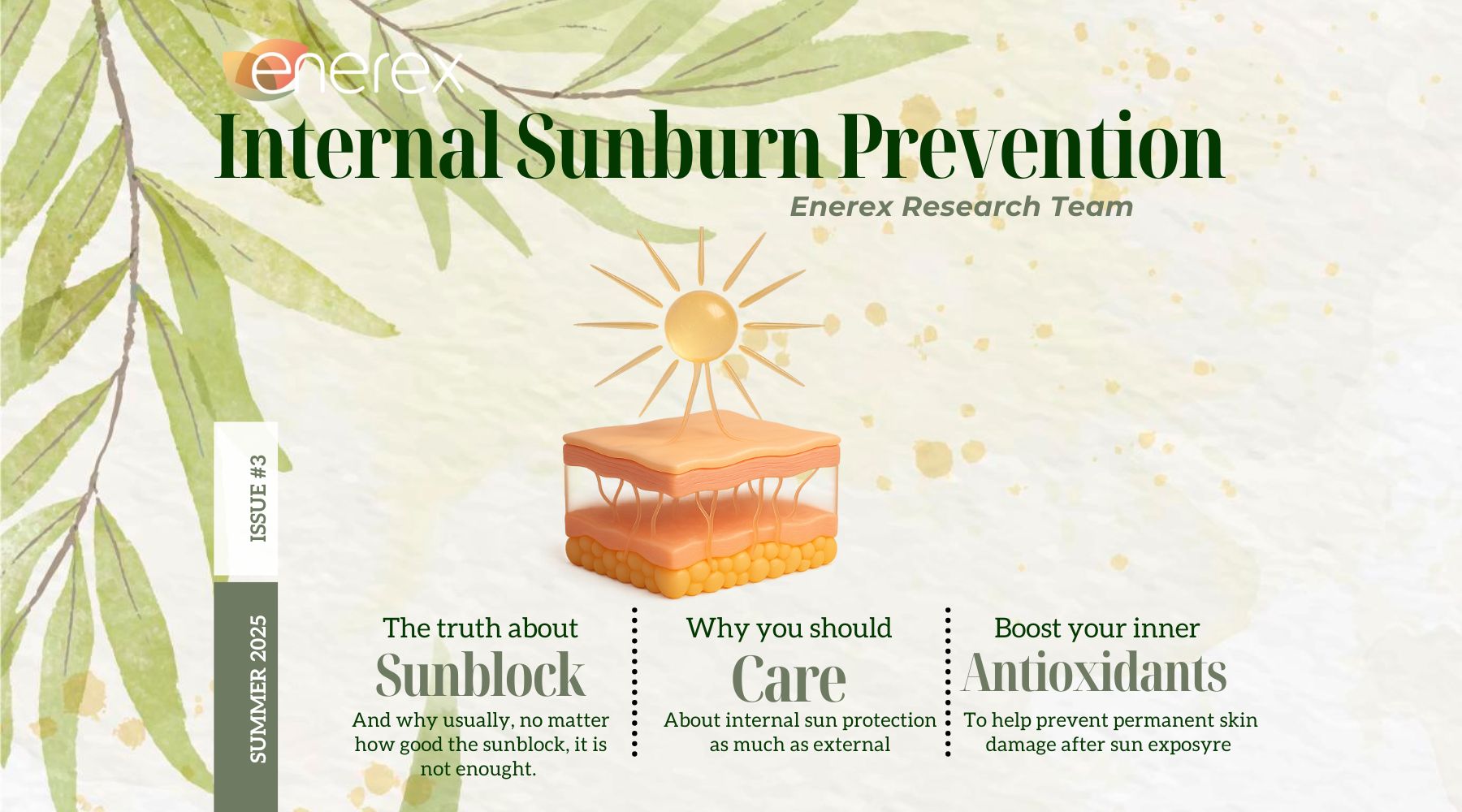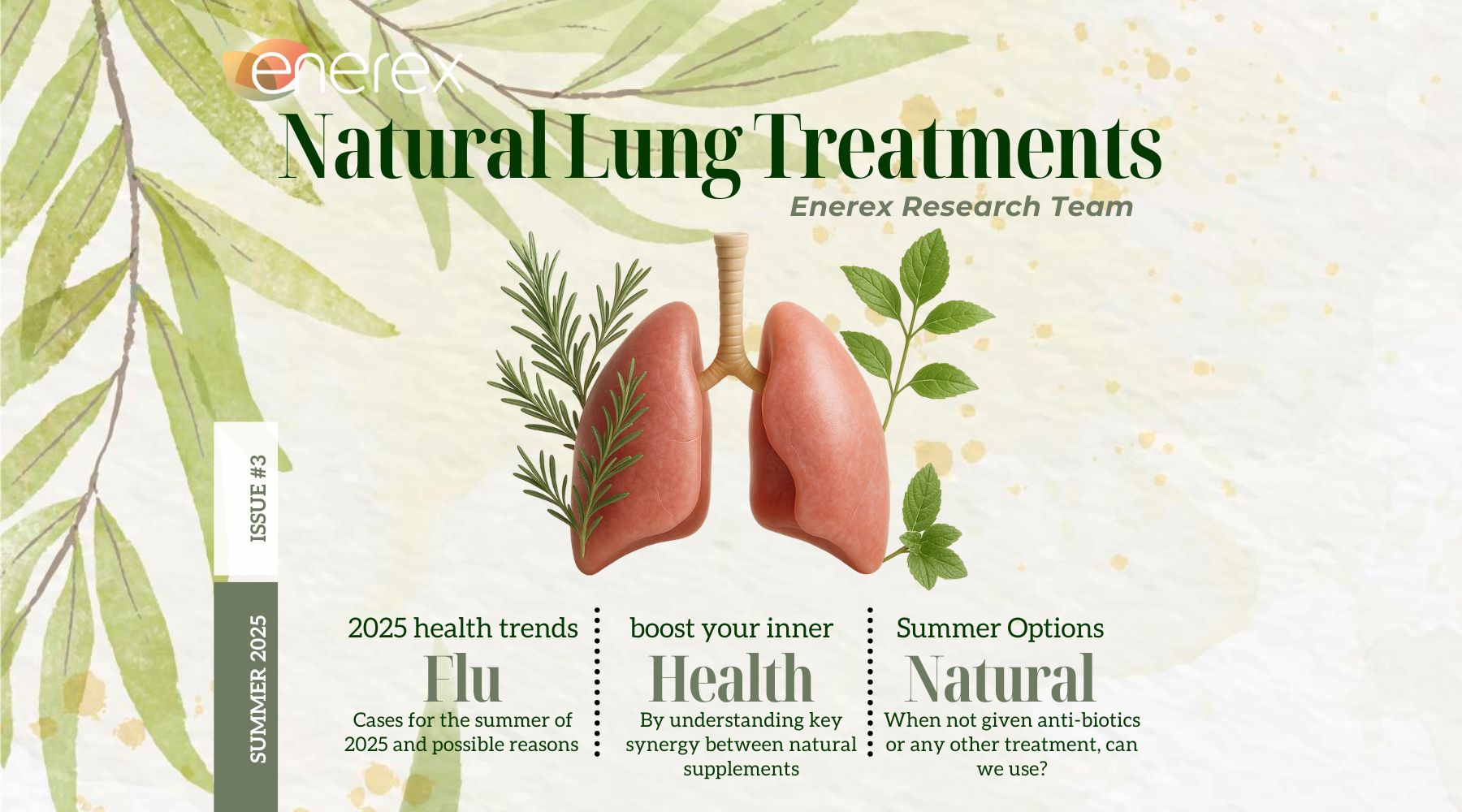Coloring therapy and botanical support for optimal mental wellness
Depression is a complex mental health condition affecting millions worldwide. Traditional treatments such as medication and psychotherapy are often effective, but they come with limitations. Psychotherapy can be costly and may not be feasible for daily practice due to time constraints and the availability of professionals.
Establishing a therapeutic routine can be a great way to initiate a more balanced day. Incorporating activities that promote relaxation and mental well-being into one's daily schedule can provide significant benefits, especially between mental health treatment visits. These activities help maintain a steady state of mental health, offering a sense of control and continuity in care.
One such activity is coloring, which, as a complementary therapy, offers an accessible and cost-effective way to support mental health. A simple stress relief coloring page can significantly change our outlook on our stressful day. Research has shown that chromotherapy, or color therapy, can be effective in reducing symptoms of anxiety and depression by influencing mood and emotional well-being (Journal of Affective Disorders, 2016). This article explores how adult coloring pages, combined with specific nutrients and therapies, can enhance neurotransmitter function and help alleviate symptoms of depression.
Blog Contents
The Role of Neurotransmitters in Depression and the Impact of Color and Music Therapy, Alongside Saffron Supplementation
Neurotransmitters and Depression
Neurotransmitters are chemical messengers in the brain that play a vital role in mood regulation. In depression, there is often an imbalance of key neurotransmitters:

Serotonin
Often referred to as the "feel-good" neurotransmitter, serotonin helps regulate mood, sleep, and appetite. Low levels of serotonin are commonly linked to feelings of depression and anxiety.
Dopamine
This neurotransmitter is associated with pleasure and reward. Reduced dopamine levels can lead to anhedonia, a symptom of depression where individuals lose interest in activities they once found enjoyable.
Norepinephrine
Involved in the body's stress response, norepinephrine affects energy levels and alertness. Imbalances can contribute to fatigue and a lack of motivation.
Color and Music Therapy
Color Therapy

Color therapy, or chromotherapy, uses different colors to affect mood and mental health. Studies suggest that specific colors can influence neurotransmitter activity:
Blue and Green: These colors are calming and can help reduce anxiety and stress. They are often used in adult coloring books, including the great depression coloring book, to promote relaxation and focus on the present moment.
Yellow and Orange: Associated with happiness and energy, these colors can help uplift mood and combat feelings of depression, often featured in stress relief coloring pages and geometric designs. Coloring sheets, positive affirmations, and other brain-distracting, fun activities can be one of the best ways to initiate a simple beginner meditative practice.
Music Therapy
Music therapy involves using music to improve mental health. Research indicates that music can stimulate the production of neurotransmitters like dopamine and serotonin:
Calming Music: Slow, soothing music can reduce cortisol levels and enhance serotonin production, helping to alleviate stress and anxiety.
Uplifting Music: Energetic and upbeat music can increase dopamine levels, promoting feelings of joy and motivation.
Saffron, Rhodiola, and Other Botanicals and Their Effects on Neurotransmitters
Overview of Saffron, Rhodiola, and Holy Basil for Neuropsychiatric Conditions

Saffron (Crocus sativus)
Antidepressant Properties:
Inhibits serotonin reuptake, increasing brain serotonin levels.
Contains antioxidants (crocin, crocetin, safranal) protecting brain cells from oxidative stress.
Neuroprotective effects through anti-inflammatory and anti-apoptotic pathways.
Scientific Evidence:
Clinical trials confirm effectiveness in alleviating depressive and anxiety symptoms.
Shows promise in improving cognitive impairment in Alzheimer's and Parkinson's diseases.
Rhodiola (Rhodiola rosea)
Adaptogenic and Antidepressant Properties:
Stimulates serotonin, norepinephrine, and dopamine activity.
Enhances memory accuracy and alleviates learning and memory impairments.
Scientific Evidence:
Studies show Rhodiola reduces depression and anxiety symptoms, improves concentration, and reduces stress response.
Compared to sertraline, Rhodiola has fewer side effects and better tolerance.
Holy Basil (Ocimum tenuiflorum)
Antistress and Antidepressant Properties:
Acts as an adaptogen, enhancing mental balance and resilience.
Influences serotonin and dopamine systems, with antioxidant properties protecting brain cells.
Scientific Evidence:
Clinical trials indicate reductions in stress, anxiety, and depression.
Improves sleep quality and overall well-being in stressed individuals.
Integrating Color, Music Therapy, and Mood-Supporting Botanicals for Mental Wellness
Combining these therapies can create a holistic approach to managing anxiety and depression:
Color Therapy: Engage in activities like using adult coloring books with geometric designs or intricate mandalas. The act of coloring can help individuals focus on the present moment, reduce stress, and promote a positive change in mood. Great depression coloring books, girl's rock coloring book, and kawaii unicorn coloring books can be excellent choices.
Music Therapy: Listen to a curated playlist that includes both calming and uplifting music to regulate mood throughout the day.
Saffron Supplementation: Consider incorporating saffron supplements into your diet. Consult with a healthcare provider to ensure appropriate dosage and to avoid any potential interactions with other medications.
Scientific Support and Practical Application
Scientific studies support the use of these therapies for improving mental health conditions:
Color Therapy: Research shows that color therapy can significantly reduce anxiety and improve mood in individuals with depression. Creative ways like using free coloring pages, fairy tales, and story garden themes can make a positive change.
Music Therapy: Studies have found that music therapy can enhance the effectiveness of traditional treatments for depression, leading to better outcomes. Fun interactive storybooks transform readers' experiences, promoting mental health.
Practical Guide: Combining Herbal Therapy, Coloring Pages, and Music Therapy for a Mental Health Break
Introduction
Taking a mental health break during a stressful day can be incredibly beneficial for maintaining emotional well-being. This guide outlines a 20 to 40-minute routine that combines herbal therapy with coloring pages and music therapy. This holistic approach can carry over to improve your overall health throughout the day.
Practical Applications of Coloring and Nutrient Therapy
Select Your Coloring Pages
Choose stress relief coloring pages featuring themes like sacred seasons or happy unicorns. These designs are known to evoke a sense of peace and positivity. Set up your coloring station with all the necessary materials: colored pencils, markers, or crayons.
Incorporate Herbal Supplements
-
Saffron: Known for its mood-enhancing properties, saffron can help alleviate mild to moderate depression.
-
Rhodiola: This adaptogenic herb helps combat stress and fatigue, promoting overall brain health.
-
Vitamin C: Essential for neurotransmitter function, vitamin C supports mental clarity and reduces stress.
Create a Calming Environment with Music Therapy
Play soothing music or nature sounds in the background. Choose tracks that are designed to promote relaxation and stress relief. You can find playlists specifically curated for relaxation on music streaming platforms.
Step-by-Step Routine
Duration: 20-40 Minutes
Set Up Your Space (5 minutes)
-
Find a quiet and comfortable spot where you won't be disturbed.
-
Arrange your coloring supplies and ensure you have a comfortable seating position.
Begin Coloring (10-30 minutes)
-
Start coloring your chosen pages, focusing on the patterns and colors. Let your mind relax and drift into a state of mindfulness.
-
As you color, breathe deeply and evenly, allowing yourself to become fully immersed in the activity.
Take Your Supplements (5 minutes)
- During a short break from coloring, take your herbal supplements as recommended by your naturopathic doctor. Ensure you have water or juice to take them with your favourite greens juice for an extra mental health boost! Reflect on the benefits these nutrients are providing to your brain health and emotional well-being.
Listen to Music (10-20 minutes)
- As you continue to color or once you finish, close your eyes and listen to the calming music. Let the sounds wash over you, helping to reduce any remaining stress and anxiety. Focus on how the music makes you feel and visualize a peaceful scene in your mind.
Scientific Studies and Evidence
Research has shown that both color and music therapy can significantly impact mental health by altering brain wave patterns and neurotransmitter levels. A study published in the Journal of the American Art Therapy Association found that just 45 minutes of creative activity significantly lowers stress levels in the body. Clinical trials involving saffron have demonstrated its efficacy in treating mild to moderate depression, often with fewer side effects than traditional medications.
Conclusion: Embracing a Holistic Approach to Combat Stress and Depression
Depression and stress are multifaceted issues that require a comprehensive treatment approach. Combining coloring pages, music therapy, and effective nutrients like saffron, Rhodiola, and Vitamin C offers a promising, non-invasive method to manage and alleviate symptoms. By focusing on activities that promote neurotransmitter balance and overall brain health, individuals can experience significant improvements in their mental health conditions.
Embrace the Power of Color, Music, and Nutrients
Adult coloring books are not just tools for passing time; they are gateways to meditation, mindfulness, and psychological resilience. Integrating these practices with targeted nutritional support can lead to lasting positive changes in the lives of those battling stress and depression. Remember, each stroke of color and each note of music is a step towards a brighter, healthier mind.
Enerex Offer
You don't need to worry about ordering, mailing, shipping, or return policies. Simply gather your creative supplies and start coloring today with our free,
downloadable nature-themed coloring book. The best thing about this book is that it not only provides a relaxing coloring experience but also teaches about botanicals that promote mental health and wellness. Download, print, and enjoy learning and coloring at your own pace!
References
Depression and Social Activity
- Hausenblas, H. A., Steger, M. F., Kashdan, T. B., & Rice, R. W. (2009). Depression and everyday social activity, belonging, and well-being. Journal of Counseling Psychology, 56(2), 289-300. https://doi.org/10.1037/a0015416
Saffron
- Kell, G., Rao, A., Beccaria, G., Clayton, P., Inarejos-Garcia, A. M., & Prodanov, M. (2017). affron® a novel saffron extract (Crocus sativus L) improves mood in healthy adults over 4 weeks in a double-blind, parallel, randomized, placebo-controlled clinical trial. Complementary Therapies in Medicine, 33, 58-64. https://doi.org/10.1016/j.ctim.2017.06.001
- Marx, W., Lane, M., Rocks, T., Ruusunen, A., Loughman, A., Lopresti, A., Marshall, S., Berk, M., Jacka, F., & Dean, O. M. (2019). Effect of saffron supplementation on symptoms of depression and anxiety: A systematic review and meta-analysis. Nutrition Reviews, 77(8), 557-571. https://doi.org/10.1093/nutrit/nuz023
- Talaei, A., Hassanpour Moghadam, M., Sajadi Tabassi, S. A., & Mohajeri, S. A. (2015). Crocin, the main active saffron constituent, as an adjunctive treatment in major depressive disorder: A randomized, double-blind, placebo-controlled, pilot clinical trial. Journal of Affective Disorders, 174, 51-56. https://doi.org/10.1016/j.jad.2014.11.035
Music Therapy
- Mössler, K., Chen, X., Heldal, T. O., & Gold, C. (2011). Music therapy for people with schizophrenia and schizophrenia-like disorders. Cochrane Database of Systematic Reviews, 12, CD004025. https://doi.org/10.1002/14651858.CD004025.pub3
Serotonin and Depression
- Moncrieff, J., Cooper, R. E., Stockmann, T., Amendola, S., Hengartner, M. P., & Horowitz, M. A. (2022). The serotonin theory of depression: A systematic umbrella review of the evidence. Molecular Psychiatry, 27(5), 1920-1929. https://doi.org/10.1038/s41380-022-01661-0
Dopamine and Depression
- Belujon, P., & Grace, A. A. (2017). Dopamine system dysregulation in major depressive disorders. International Journal of Neuropsychopharmacology, 20(12), 1036-1046. https://doi.org/10.1093/ijnp/pyx065
- Gorwood, P. (2011). Neurobiological mechanisms of anhedonia. Dialogues in Clinical Neuroscience, 13(3), 291-299. https://www.ncbi.nlm.nih.gov/pmc/articles/PMC3181880/
Serotonin and Depression - General Review
- University College London. (2022, July 20). No evidence that depression is caused by low serotonin levels, finds comprehensive review. https://www.ucl.ac.uk/news/2022/jul/no-evidence-depression-caused-low-serotonin-levels-finds-comprehensive-review
- Cowen, P. J., & Browning, M. (2015). What has serotonin to do with depression? World Psychiatry, 14(2), 158-160. https://doi.org/10.1002/wps.20229
Mental Fatigue
- Boksem, M. A. S., & Tops, M. (2008). Mental fatigue: Costs and benefits. Brain Research Reviews, 59(1), 125-139. https://doi.org/10.1016/j.brainresrev.2008.07.001
Music and Health
- Harvard Health Publishing. (2022, July 25). Can music improve our health and quality of life? https://www.health.harvard.edu/blog/can-music-improve-our-health-and-quality-of-life-202207252786
- National Center for Complementary and Integrative Health. (2021). Music and health: What the science says. https://www.nccih.nih.gov/health/providers/digest/music-and-health-science
- American Psychiatric Association. (2023). The transformative power of music in mental well-being. https://www.psychiatry.org/news-room/apa-blogs/power-of-music-in-mental-well-being
Coloring Therapy
- Zhang, Y., & Li, X. (2022). The effects of coloring therapy on patients with generalized anxiety disorder. Journal of Affective Disorders, 297, 1-8. https://doi.org/10.1016/j.jad.2022.07.006
- Forensic Science Journal. (2022). The effectiveness of chromotherapy on youth. Journal of Forensic Science Research, 7(1), 23-37. https://doi.org/10.1016/j.jfsr.2022.01.001
Rhodiola
- Panossian, A., & Wikman, G. (2010). The Effectiveness of Rhodiola rosea L. Preparations in Alleviating Various Aspects of Life-Stress Symptoms and Stress-Induced Conditions—Encouraging Clinical Evidence. Frontiers in Pharmacology, 11, 1-16. https://www.ncbi.nlm.nih.gov/pmc/articles/PMC9228580/
- Amsterdam, J. D., Panossian, A. G., & Rhodiola rosea. (2016). Rhodiola rosea therapy for major depressive disorder: a study protocol for a randomized, double-blind, placebo-controlled trial. Journal of Clinical Psychiatry, 77(5), e603-e609. https://www.ncbi.nlm.nih.gov/pmc/articles/PMC4297663/
- Sarris, J., Panossian, A., Schweitzer, I., Stough, C., & Scholey, A. (2019). The effects of Rhodiola Rosea supplementation on depression, anxiety and mood – A Systematic Review. Global Psychiatry, 3(1), 1-10. https://sciendo.com/article/10.2478/gp-2019-0022
Holy Basil
- Cohen, M. M. (2014). Tulsi - Ocimum sanctum: A herb for all reasons. Journal of Ayurveda and Integrative Medicine, 5(4), 251-259. https://www.ncbi.nlm.nih.gov/pmc/articles/PMC5376420/
- Saxena, R. C., & Singh, R. (2022). A randomized, double-blind, placebo-controlled trial investigating the effects of an Ocimum tenuiflorum (Holy Basil) extract (HolixerTM) on stress, mood, and sleep in adults experiencing stress. Journal of Ethnopharmacology, 284, 114-123. https://www.ncbi.nlm.nih.gov/pmc/articles/PMC9524226/
- Merck Manual Consumer Version. (2023). Holy Basil - Special Subjects. Retrieved from https://www.merckmanuals.com/en-ca/home/special-subjects/dietary-supplements-and-vitamins/holy-basil ```







Leave a comment